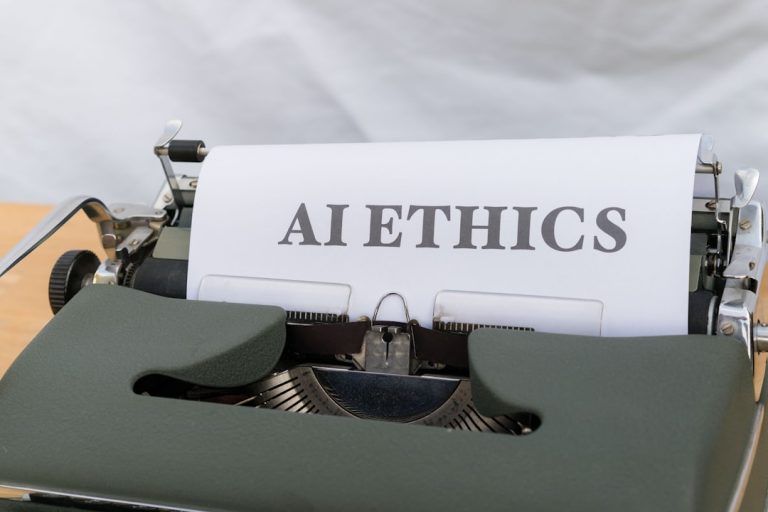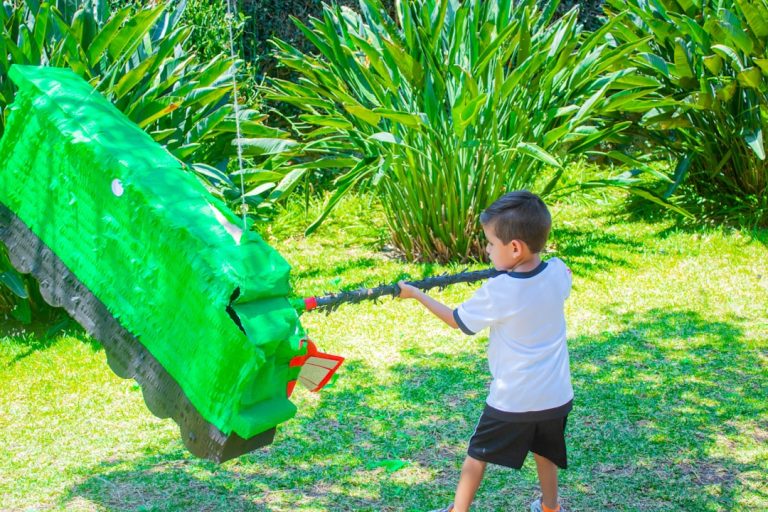My Review of the Best Eco-friendly Diapers (cloth Vs. Disposable).
My Honest Review: The Best Eco-friendly Diapers (Cloth Vs. Disposable)
As a parent, the diaper dilemma is real. You want what’s best for your baby, your budget, and, increasingly, the planet. When I started my journey into parenthood, I quickly realized that the sheer volume of diapers my little one would go through was staggering. This led me down a rabbit hole of research, trying to find genuinely sustainable options that didn’t compromise on performance. This isn’t just a theoretical comparison; this is my personal, in-the-trenches review of the best eco-friendly diapers, pitting cloth against their disposable counterparts, based on what I’ve actually used and experienced.
I’ve spent countless hours researching ingredients, washing routines, absorbency tests (the messy kind!), and the true environmental impact behind marketing claims. My goal was to cut through the greenwashing and figure out what truly works for a busy family trying to make more conscious choices. Navigating the myriad of choices, from plant-based disposables to various cloth diaper systems, can feel overwhelming. My aim is to distill that complexity into actionable insights, helping you make an informed decision for your family and the Earth. So, if you’re wrestling with the same questions, you’ve come to the right place. Let’s dive into my findings.
My Journey to Greener Diapering: Why This Review Matters
Like many new parents, I initially gravitated towards conventional disposable diapers for their sheer convenience. However, the overflowing trash can and the nagging feeling about their environmental footprint quickly pushed me to seek alternatives. I wasn’t just looking for “better”; I was looking for the best within the eco-friendly spectrum, understanding that no option is perfectly green. My review is born from a desire to share practical insights, not just theoretical data, helping you navigate the often-confusing landscape of sustainable baby products.
My review isn’t about shaming any choice but empowering you with information from someone who’s been there. I’ve tested various brands, washed countless loads, and dealt with my fair share of leaks – all to give you an honest perspective on what to expect when you choose either eco-friendly disposables or cloth diapers. My criteria focused on true environmental impact, performance (leak protection, absorbency, skin friendliness), cost over time, and the all-important factor of convenience. I wanted to see if these greener alternatives could truly stand up to the rigors of daily use without adding undue stress to an already demanding parenting schedule.
Unpacking the “Eco-friendly” Label: What I Looked For in Disposables
The term “eco-friendly” is thrown around a lot in the disposable diaper market, and it can be incredibly misleading. My investigation into these options focused on concrete factors beyond just pretty packaging. I sought out brands that prioritized plant-based materials (like bamboo or corn starch) for their absorbent cores and outer layers, avoided harsh chemicals (chlorine, phthalates, parabens, fragrances, lotions, latex), and ideally offered some level of biodegradability or compostability – though I quickly learned the limitations of these claims for home composting. Traditional diapers often use chlorine bleaching, which can create dioxins, and petroleum-based plastics that persist for centuries.
I specifically looked for third-party certifications that provided genuine assurance. These included OEKO-TEX (ensuring no harmful substances), USDA Certified Biobased Product (indicating renewable biological ingredients), and FSC (Forest Stewardship Council) for responsibly sourced wood pulp. My top contenders were brands like Andy Pandy (known for ultra-soft bamboo), Dyper (bamboo, with a unique composting service option), and Hello Bello (plant-based, transparent ingredients, and accessible pricing). Each had its distinct strengths:

- Andy Pandy: Exceptional softness and breathability. My baby rarely experienced rashes in these. The bamboo material felt luxurious against sensitive skin and offered impressive absorbency without bulk.
- Dyper: Their commitment to addressing the landfill issue head-on through their optional REDYPER composting service was a huge draw. Users can send back soiled diapers for industrial composting, a significant step beyond standard waste disposal. The diapers themselves were absorbent and held up well, even overnight.
- Hello Bello: A more budget-friendly eco-option, widely available, and I appreciated their clear ingredient list and cute designs. Performance was solid for daytime use, proving that eco-friendliness doesn’t always have to come with a premium price tag.
What I learned is that “biodegradable” often requires specific industrial composting facilities, which aren’t accessible to everyone. Simply tossing a “biodegradable” diaper into a conventional landfill often means it will decompose at a similar rate to regular waste due to lack of oxygen and microbial activity. The convenience factor of simply tossing them in the bin is still there, but with a slightly lighter conscience knowing fewer harsh chemicals and more sustainable materials were used. However, the sheer volume still contributes significantly to landfills. The EPA’s data on landfill waste highlights the monumental challenge posed by disposable products, including diapers. For more insights into how to discern genuine eco-friendly claims, you might want to read understanding different eco-certifications.
The Cloth Diaper Comeback: My Experience with Reusable Options
Diving into cloth diapers felt like a significant commitment, but it was one I was determined to explore fully. My initial perception was that they were messy, complicated, and a relic of the past. I was pleasantly surprised. Modern cloth diapers have come a long way from the pins and plastic pants of yesteryear. They are now designed for ease of use, with snaps or hook-and-loop closures, and a variety of styles to suit different preferences and needs. I tried a variety of cloth diaper types to get a comprehensive understanding:
- Pocket Diapers: These became my go-to. They consist of a waterproof outer shell with an opening (pocket) to stuff absorbent inserts. This design makes them easy to customize absorbency, quick to dry, and simple to use, especially for caregivers unfamiliar with cloth. Brands like BumGenius and AlvaBaby were reliable performers, offering good fit and durability.
- All-in-Ones (AIOs): The closest to disposables in terms of ease of use. The absorbent layers are sewn directly into the waterproof cover, meaning no stuffing or assembly is required. They’re incredibly convenient, making them great for daycare or babysitters. Thirsties and GroVia were excellent, providing excellent absorbency and trim fits.
- Prefolds & Covers: The most economical option, reminiscent of traditional cloth but updated with modern, breathable covers. While they required a bit more folding (often a simple trifold), they were incredibly versatile, highly absorbent, and easy to wash and dry. I paired them with waterproof covers from Rumparooz, which offered excellent containment.
The upfront cost was definitely an investment. A full stash can range from $300-$600, depending on brands, types, and how many you purchase (typically 20-24 for full-time use). However, knowing I wouldn’t be buying diapers for years felt incredibly freeing financially in the long run. The environmental benefit was immediately apparent – significantly less waste heading to landfills. I felt a direct connection to reducing my family’s footprint, and the vibrant patterns and soft fabrics were a bonus. For a deeper dive into starting your cloth diaper journey, consider exploring a guide to choosing the right cloth diaper system.
My Laundry Routine for Cloth Diapers: The Nitty-Gritty
This is often the biggest hurdle for parents considering cloth. My routine evolved, but here’s what worked consistently for me, minimizing smells and ensuring clean diapers:
- Dry Pail/Wet Bag:






